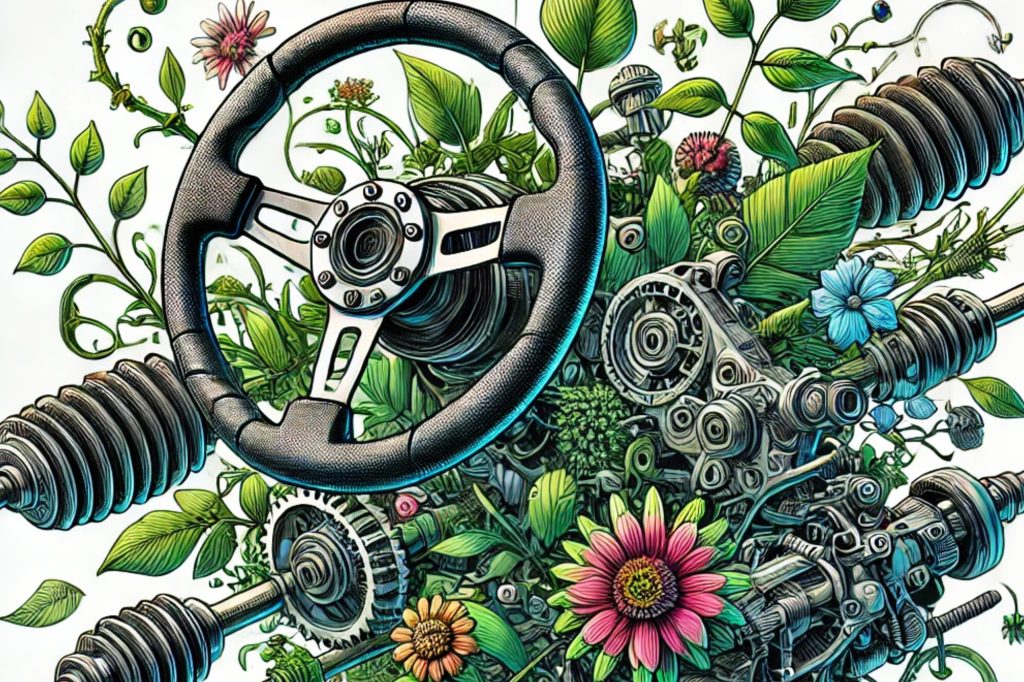Chapter 13: Hormones

A high-performance engine isn’t just about moving parts – it’s about synchronization. Without a timing belt, even the best-built engine misfires. Without steering, it has power but no direction.
In plants, hormones fill these roles. They coordinate growth, synchronize development, and steer responses to internal and external signals.
They don’t provide fuel. They don’t build structure. But without them, the plant can’t function as a cohesive system.
The Plant’s Timing System
Plant hormones serve as internal clocks and circuit regulators. They govern when cells divide, elongate, or specialize.
Auxins set the pace for elongation and directional growth.
Cytokinins manage cell division and coordinate with auxins to balance root and shoot development.
Gibberellins drive bolting, germination, and flowering – like an RPM governor that tells the system when to rev up.
Abscisic acid (ABA) applies the brakes during stress, especially drought.
Ethylene cues senescence, fruit ripening, and stress-induced remodeling.
Together, these hormones form a timing belt – not just regulating when things happen, but how fast, how long, and in what order.
The OG Crop Steering
Beyond timing, hormones help plants steer. They guide roots toward water and nutrients (hydrotropism and chemotropism), and shoots toward light (phototropism).
This is most evident in auxin distribution. Cells on the shaded side of a stem accumulate more auxin, causing them to elongate more, and bending the stem toward light.
It’s a biological form of steering – a feedback-driven adjustment in direction.
Hormonal Crosstalk: The Control Network
No hormone acts alone. Their effects are context-dependent – shaped by interactions with other hormones and with environmental cues.
Auxins and cytokinins work in tandem but often oppose each other
ABA and ethylene can trigger overlapping but distinct stress responses
Gibberellins and brassinosteroids amplify growth, but only when conditions permit
This crosstalk creates a multi-channel control network – similar to how modern vehicles integrate throttle, brake, and steering input through a central ECU (engine control unit).
It allows the plant to respond with nuance, not just binary on/off decisions.
Hormonal Signals and Environmental Feedback
What makes this system powerful is its feedback integration. Hormone levels adjust in response to:
Light and temperature – triggering photoperiodism and seasonal changes
Water and nutrient availability – balancing resource allocation
Mechanical stimulation – like wind or touch, altering growth patterns
Hormones convert external information into internal action. They are the decision-making layer that turns raw data into coordinated growth.
The Takeaway
Plant hormones are not nutrients – they’re messengers, regulators, and synchronizers. They form the timing belts and steering racks that turn an engine into a vehicle.
They synchronize cell activity across the plant body, align development with environmental conditions, and keep everything moving in the right direction, at the right pace.
Next up: Organic Acids – The High-Octane Fuels of Metabolic Flexibility.

